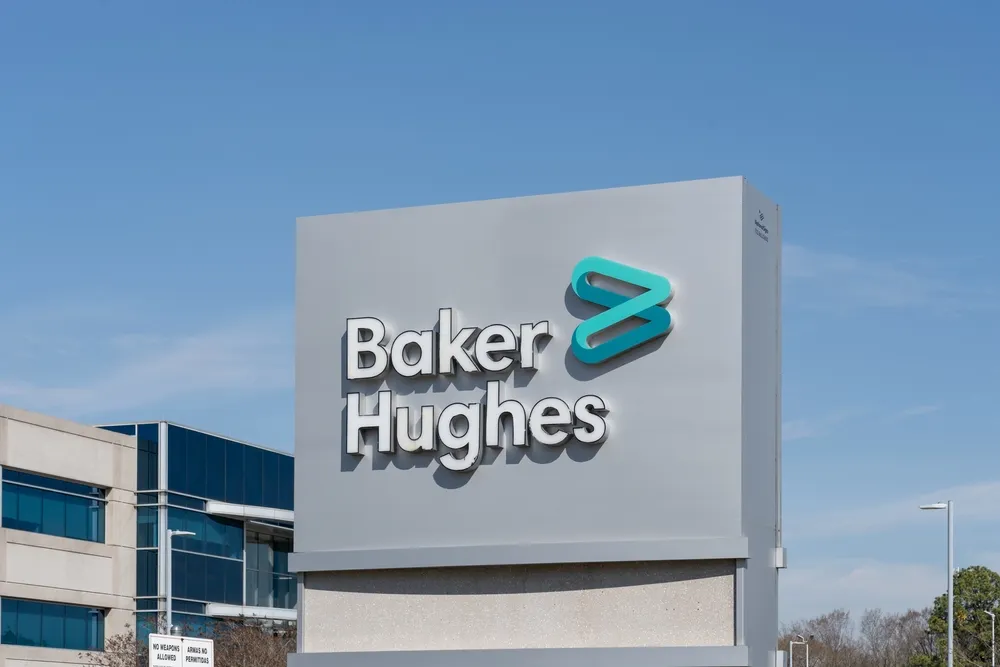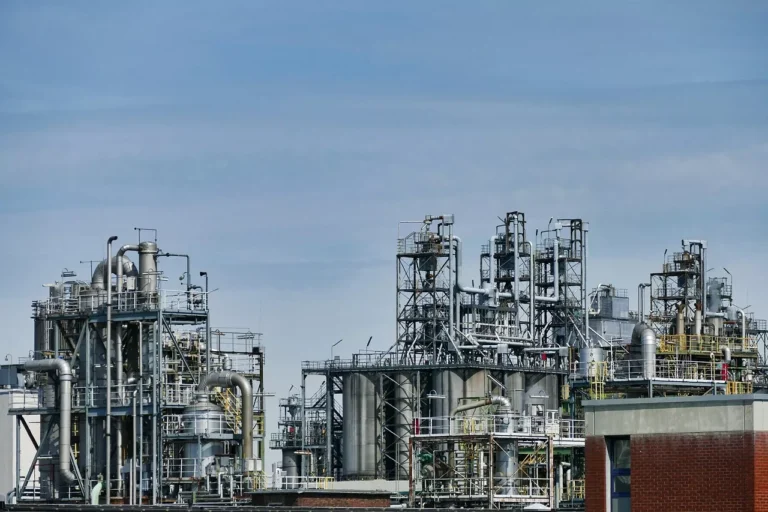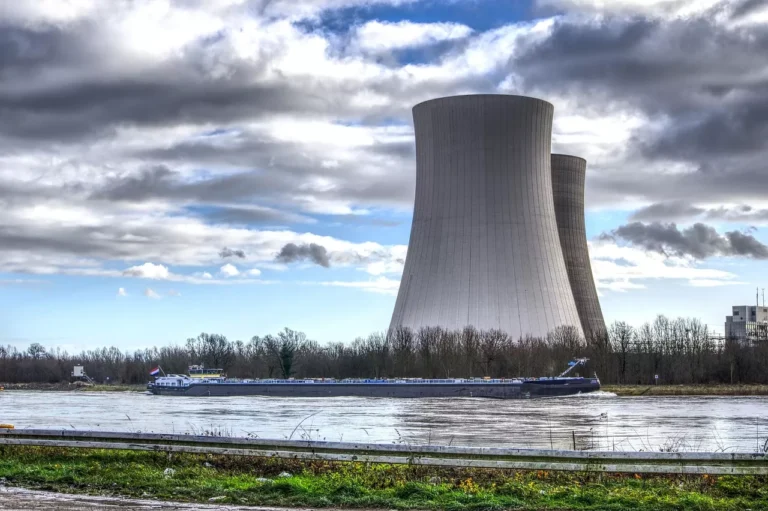
Baker Hughes and Hanwha Announce Groundbreaking Partnership to Develop Small-Size Ammonia Turbines
In a major step toward advancing clean energy solutions, Baker Hughes, a leading energy technology company, has joined forces with Hanwha Power Systems and Hanwha Ocean to develop an innovative small-size turbine designed specifically for ammonia applications. This groundbreaking partnership, formalized through a Joint Development and Collaboration Agreement (JDCA), represents a significant milestone in the journey toward decarbonizing key industrial sectors. The agreement was signed during the prestigious Baker Hughes 2025 Annual Meeting in Florence, marking an important commitment to advancing clean energy technology.
A Game-Changing Innovation in Ammonia-Powered Turbines
The newly developed ammonia turbine, which leverages Baker Hughes’ advanced small-size gas turbine technology and Hanwha’s state-of-the-art ammonia combustion system, is poised to transform multiple industries. The turbine will not only be applicable for marine propulsion but will also serve onshore and offshore installations, as well as electric power generation and mechanical drive applications.
Ammonia has long been identified as a promising alternative fuel for hard-to-abate industries, including maritime shipping, oil and gas operations, and power generation. As a zero-carbon fuel, ammonia offers a cleaner alternative to fossil fuels, making it a key component in the energy transition. By harnessing ammonia’s potential, this partnership seeks to accelerate global efforts to reduce carbon emissions and promote sustainable industrial operations.
Hanwha Ocean’s Strategic Adoption of Ammonia Turbines
One of the most notable beneficiaries of this cutting-edge technology will be Hanwha Ocean, one of South Korea’s premier shipbuilders. Hanwha Ocean plans to integrate the ammonia turbine into its future vessel designs, positioning itself at the forefront of maritime decarbonization. The adoption of ammonia-powered propulsion systems is expected to play a critical role in meeting the International Maritime Organization’s (IMO) ambitious emissions reduction targets.
With the shipping industry facing mounting pressure to transition away from traditional fuel sources, ammonia-powered turbines present a viable and scalable solution. By leveraging the strengths of Baker Hughes and Hanwha, this partnership seeks to deliver high-efficiency, low-carbon propulsion systems that will redefine the future of marine transportation.
Successful Testing and Development Timeline
Hanwha has already made significant progress in ammonia combustion technology. The company successfully completed a proof-of-concept test using 100% ammonia as the fuel gas, demonstrating the feasibility of this revolutionary approach. Simultaneously, Baker Hughes has been conducting extensive feasibility studies on turbine integration, with promising results emerging from its initial research in 2024.
The next phase of development will involve rigorous full-engine testing with ammonia fuel, with the goal of achieving commercial readiness by the end of 2027. Once the technology is validated, the 16MW-class ammonia turbine will be available for global deployment, offering a powerful and sustainable energy solution across various industrial applications.
Industry Leaders Emphasize the Importance of Collaboration

The announcement of this partnership has been met with enthusiasm from industry leaders, who recognize the critical role of collaboration in achieving meaningful emissions reductions.
Alessandro Bresciani, Senior Vice President of Climate Technology Solutions at Baker Hughes, emphasized the importance of strategic alliances in driving energy innovation:
“Decarbonizing hard-to-abate industries and transportation is one of the most pressing but high-potential opportunities of our time. We believe fuel switching to ammonia will play a key role in achieving significant emissions reductions across these sectors. To realize this ambition, the industry needs more partnerships such as this. Together, we will continue to lead by example and take energy forward.”
James Shon, Senior Executive Vice President and Head of Product Strategy and Technology at Hanwha Ocean, echoed this sentiment, highlighting the transformative potential of ammonia-powered propulsion systems:
“We are very excited to be collaborating with Baker Hughes to deliver an innovative and efficient solution to enhance the adoption of ammonia as a fuel for the propulsion system for future vessels. This collaboration marks a significant turning point in accelerating the transition to low-carbon fuel propulsion in the global maritime industries.”
Nuno Kim, Executive Vice President and Head of Hanwha Power Systems Ship Solution Division, underscored the importance of shared responsibility in advancing sustainable shipping practices:
“The transition to low-carbon fuels is a mission for everyone in the marine sector. We aim to play a key role in the decarbonization of the sector, together with Baker Hughes, by supporting ammonia combustion and packaging systems.”
Baker Hughes’ Broader Vision for a Low-Carbon Future
Baker Hughes has been at the forefront of developing innovative solutions to facilitate the transition toward cleaner energy sources. The company is actively exploring how its small-size gas turbines can help industries shift away from diesel engines to alternative fuels such as ammonia and hydrogen.
This announcement follows a series of recent advancements in Baker Hughes’ clean energy initiatives. In January 2024, the company successfully tested the world’s first 100% hydrogen-powered turbine, which is now commercially available with orders already underway. This landmark achievement demonstrated Baker Hughes’ capability to pioneer breakthrough technologies that align with global decarbonization goals.
The Growing Role of Ammonia in the Clean Energy Transition
Ammonia is gaining traction as a viable alternative fuel due to its ability to store and transport hydrogen in a more stable and energy-dense form. Unlike hydrogen, which requires complex storage solutions, ammonia can be transported using existing infrastructure, making it a practical solution for large-scale energy applications.
The International Energy Agency (IEA) has identified ammonia as a key player in the future energy mix, particularly for applications where direct electrification is not feasible. Industries such as shipping, heavy-duty transportation, and power generation are expected to benefit significantly from ammonia’s potential as a carbon-free fuel.
However, widespread adoption of ammonia as a fuel requires overcoming technical challenges, including combustion efficiency, emissions management, and infrastructure development. The collaboration between Baker Hughes and Hanwha is a crucial step toward addressing these challenges and accelerating the commercialization of ammonia-powered technologies.










